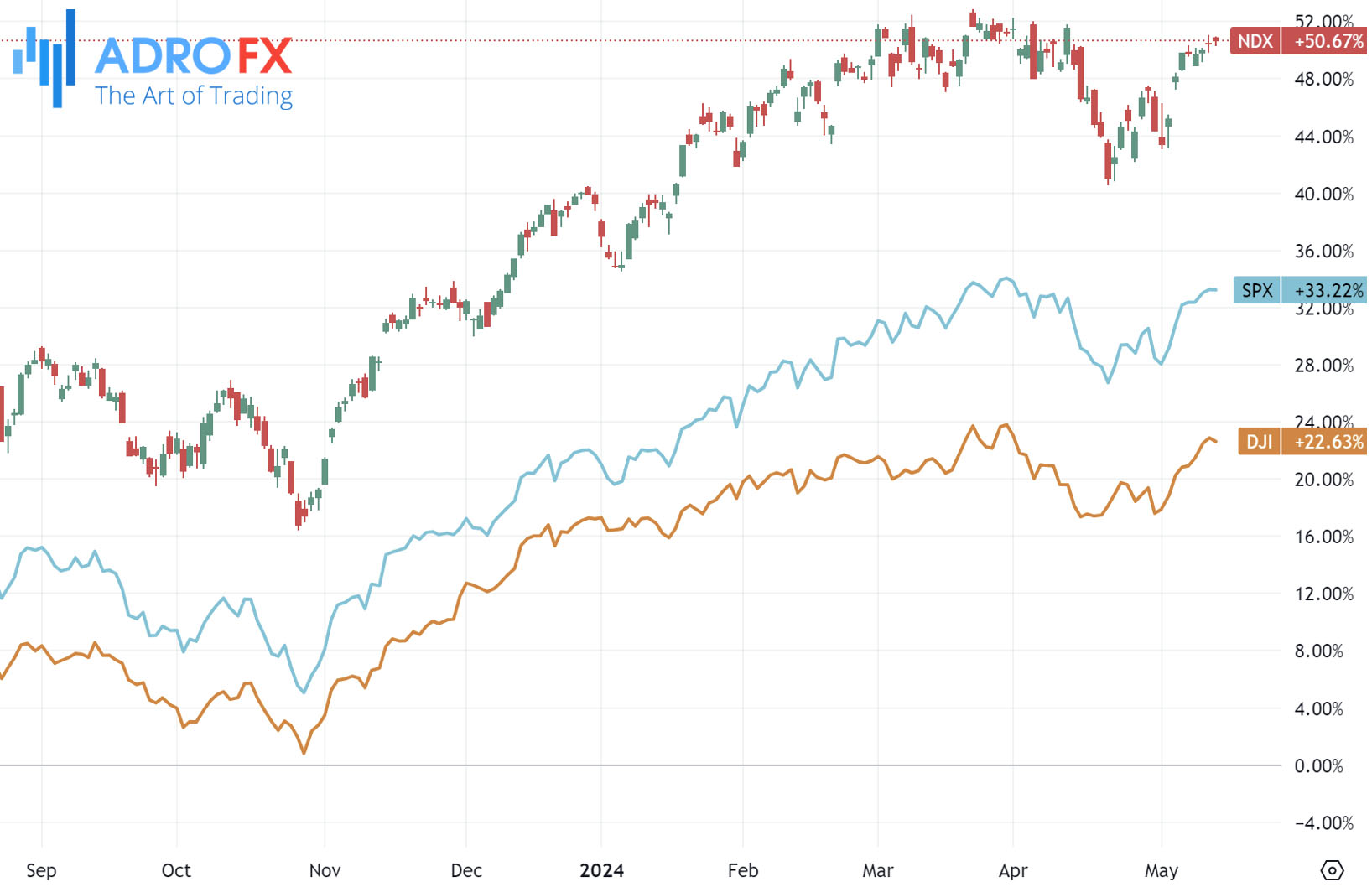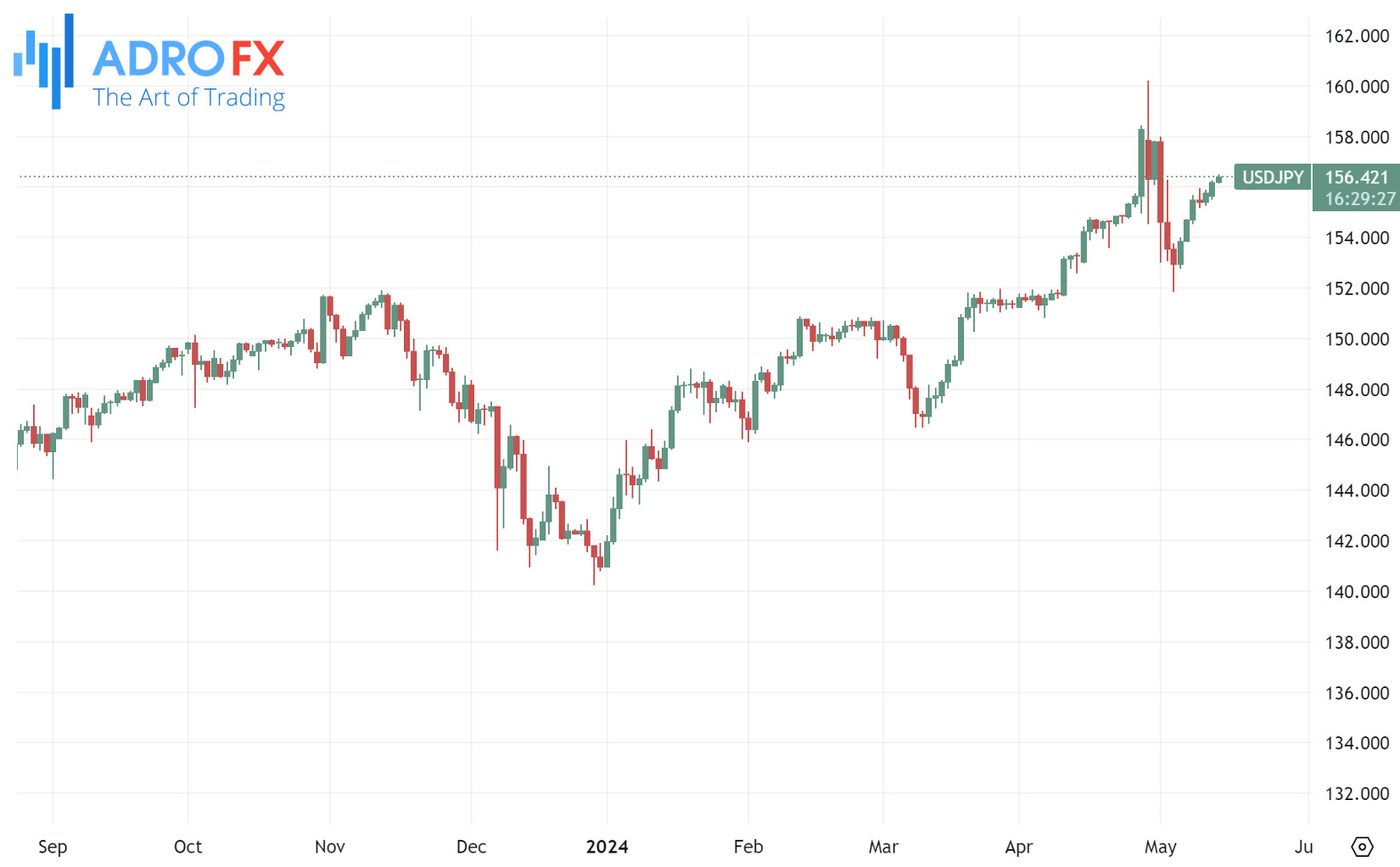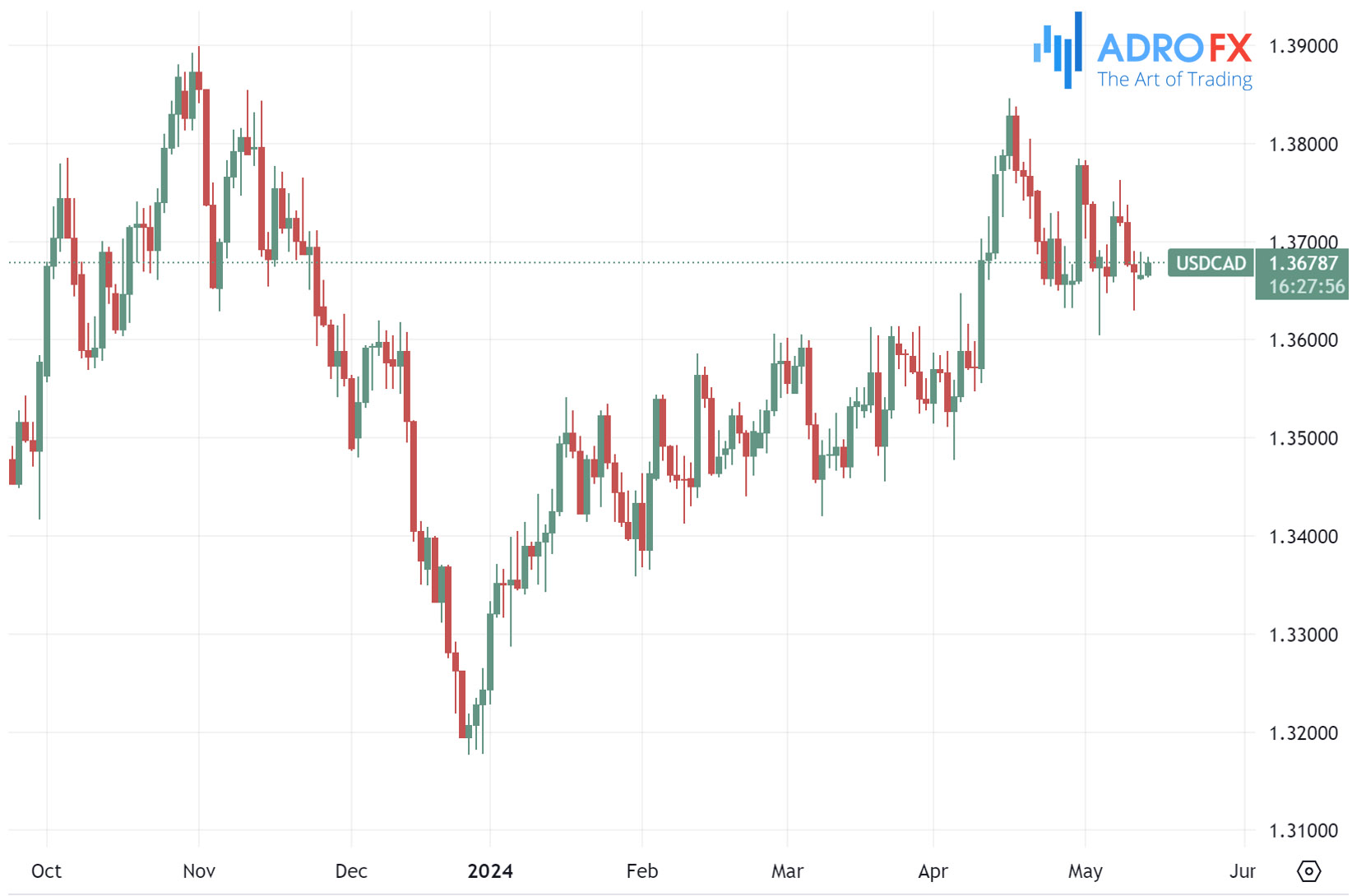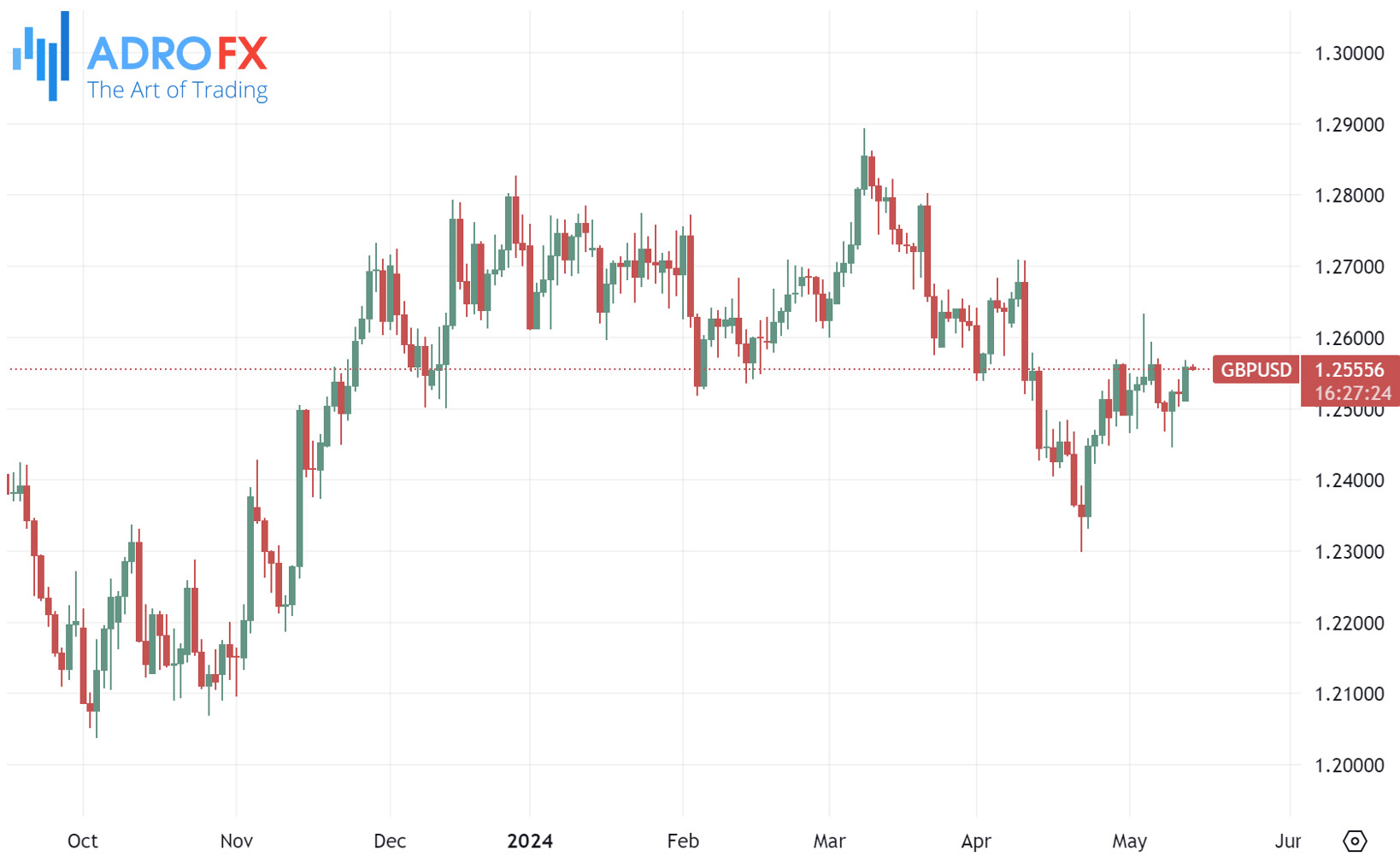Wall Street Holds Steady Amid Inflation Anticipation; USD Strengthens as BoJ, RBA Signal Shifts | Daily Market Analysis

Key events:
- UK - Unemployment Rate (Mar)
- UK - BoE MPC Member Pill Speaks
- USA - PPI (MoM) (Apr)
- USA - Fed Chair Powell Speaks
Monday saw the S&P 500 holding steady as investors braced for a pivotal inflation report slated for later in the week, a factor poised to influence the Federal Reserve's monetary policy stance.
Meanwhile, the Dow Jones Industrial Average experienced a modest decline of 81 points, marking a 0.2% dip, while the S&P 500 edged marginally lower by 0.02%. In contrast, the NASDAQ Composite exhibited resilience, recording a 0.3% uptick.

Notably, Wall Street commenced the week on a positive trajectory following three consecutive weeks of gains, propelled by robust earnings performances and the tantalizing prospect of forthcoming interest rate adjustments. However, amid this optimism, investors remain cautiously vigilant, with attention directed toward imminent inflation data releases.
During the early hours of Asian trading on Tuesday, the USD/JPY pair continued its upward momentum, reaching around 156.20. Despite the Bank of Japan's hawkish stance on reducing purchases of Japanese government bonds on Monday and the lackluster nonfarm payrolls data for April last week, the Japanese Yen weakened against the US Dollar.

Market focus now shifts to pivotal US economic indicators scheduled for release this week, including the PPI, CPI, and Retail Sales. These reports will provide insights into the trajectory of inflation, with expectations ranging from persistently high inflation to potential moderation or even acceleration. The upcoming PPI data, which measures wholesale-level inflation, is anticipated to show a 2.2% year-on-year increase for April, while the core PPI, excluding volatile energy and food prices, is projected to rise by 2.4% year-on-year. Traders may interpret these figures to anticipate the CPI outcome, and stronger-than-expected data could bolster the USD against the JPY further.
Apart from that, the BoJ's recent hawkish move to reduce its purchases of Japanese government bonds aims to elevate Japanese bond yields and potentially narrow the yield differential between Japan and the US, consequently weakening the JPY. However, the impact of this decision was subdued, exerting minimal influence on the Yen. Looking ahead, Japan's GDP growth figures for Q1 2024, scheduled for release on Thursday, carry weight. A robust reading may strengthen the JPY and limit the upside potential of the USD/JPY pair in the short term.
Ahead of the Australian Government's Yearly Budget Release scheduled for later in the day, the Australian Dollar retraced some of its recent gains on Tuesday. Treasurer Jim Chalmers hinted at positive developments during Sunday morning television interviews, suggesting a potentially swifter decline in inflation than initially forecasted by the Reserve Bank of Australia, as highlighted by The Guardian.

The AUD faced downward pressure following the RBA's decision to maintain its interest rate at 4.35% last week, signaling a less hawkish stance than anticipated. Market speculation had anticipated a more hawkish stance from the central bank, fueled by recent inflation data surpassing expectations.
Meanwhile, during the Asian session on Tuesday, the USD/CAD pair traded on a stronger note around 1.3675. Dallas Fed President Lorie Logan emphasized the presence of upside risks to inflation, indicating that it is premature to consider interest rate cuts. The prevailing narrative of higher interest rates in the US is expected to bolster the Greenback, providing support to the USD/CAD pair in the near term.

Conversely, the decline in crude oil prices continued to weigh on the commodity-linked Canadian Dollar, given Canada's status as a prominent oil exporter to the United States. Nevertheless, the positive April employment market data from Canada might prompt the Bank of Canada to exercise patience in assessing inflation sustainability, potentially mitigating further downside pressure on the CAD.
During the early Asian session on Tuesday, the GBP/USD pair hovered near 1.2560, consolidating its recent gains. The subdued performance of the US Dollar amid a generally improved sentiment towards risk-related assets lent some support to the major currency pair.

Market participants are closely monitoring developments in the UK employment market, along with a speech by a Bank of England official. Speculation is mounting that the BoE could initiate interest rate cuts as early as summer, with traders factoring in a 25 basis point reduction in August and anticipating a total of 50 basis points in cuts throughout 2024. BoE Governor Andrew Bailey emphasized the need to assess forthcoming data releases before committing to rate adjustments during a recent press conference. Consequently, the upcoming UK employment data for April holds significant importance, potentially offering insights into the economic landscape and shaping future monetary policy decisions. A higher-than-expected employment outcome may exert downward pressure on the Pound Sterling and pose challenges for the GBP/USD pair.
The impending data releases coincide with ongoing pronouncements from Federal Reserve officials signaling a steadfast approach toward interest rates. Fed Vice Chair Philip Jefferson underscored this stance on Monday, affirming that current interest rate levels are deemed appropriate until tangible evidence emerges of inflation converging towards the targeted 2% threshold.









